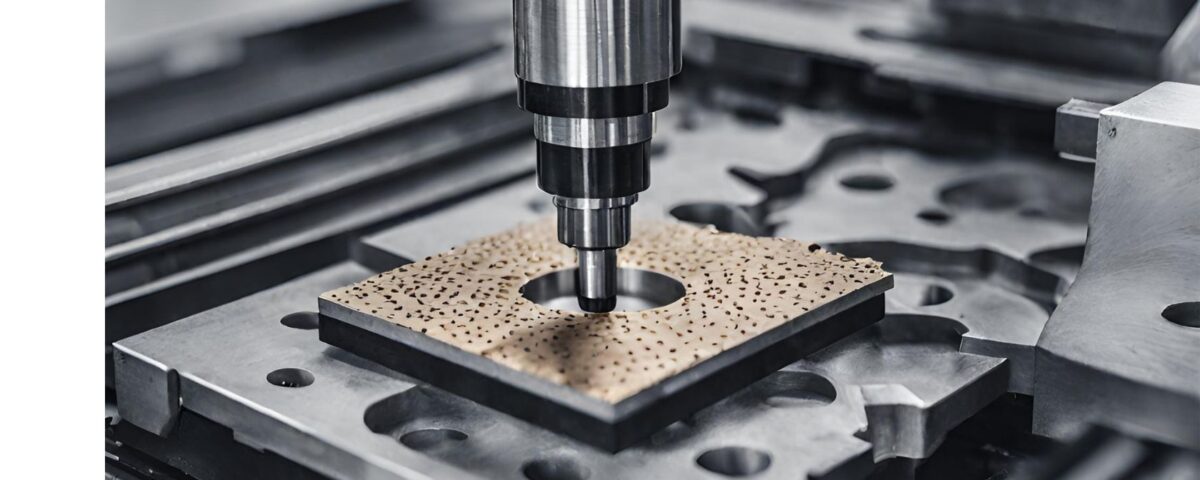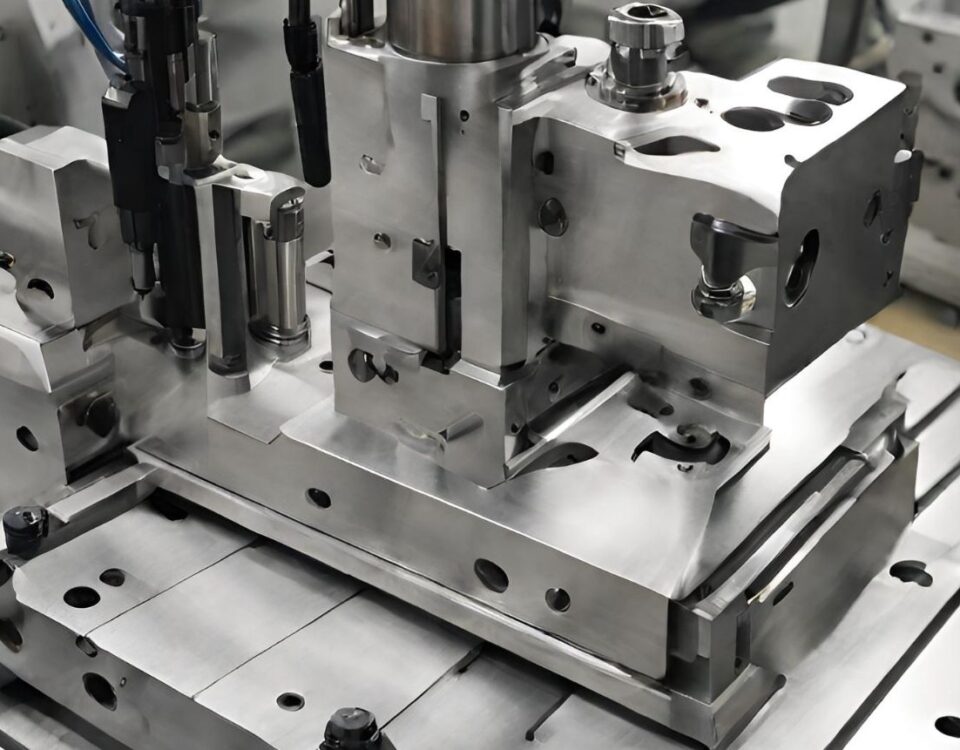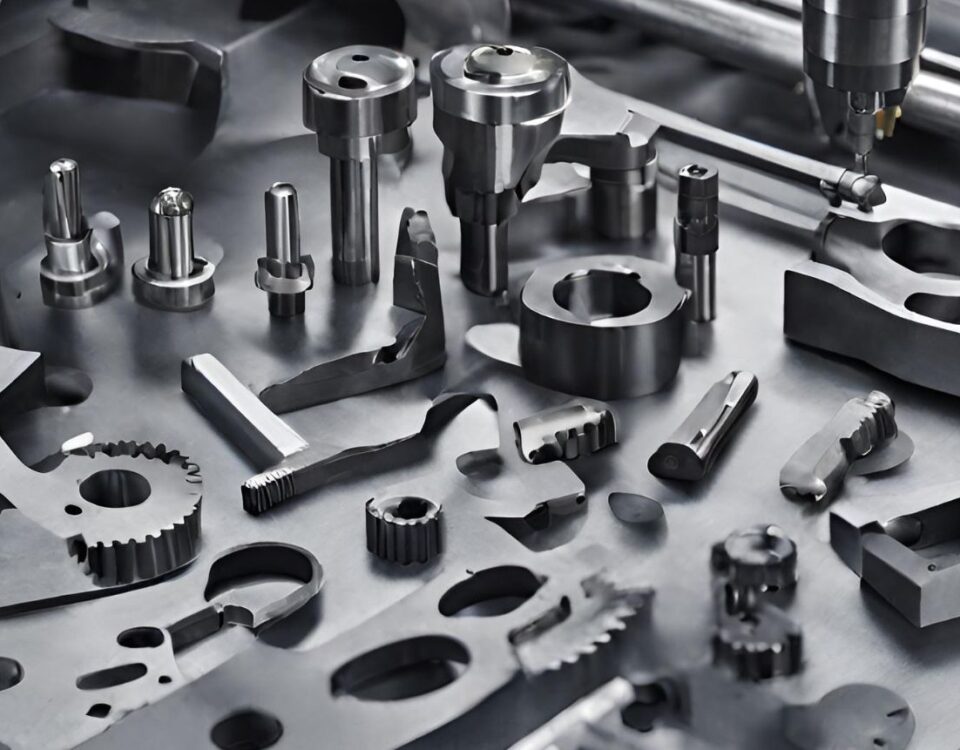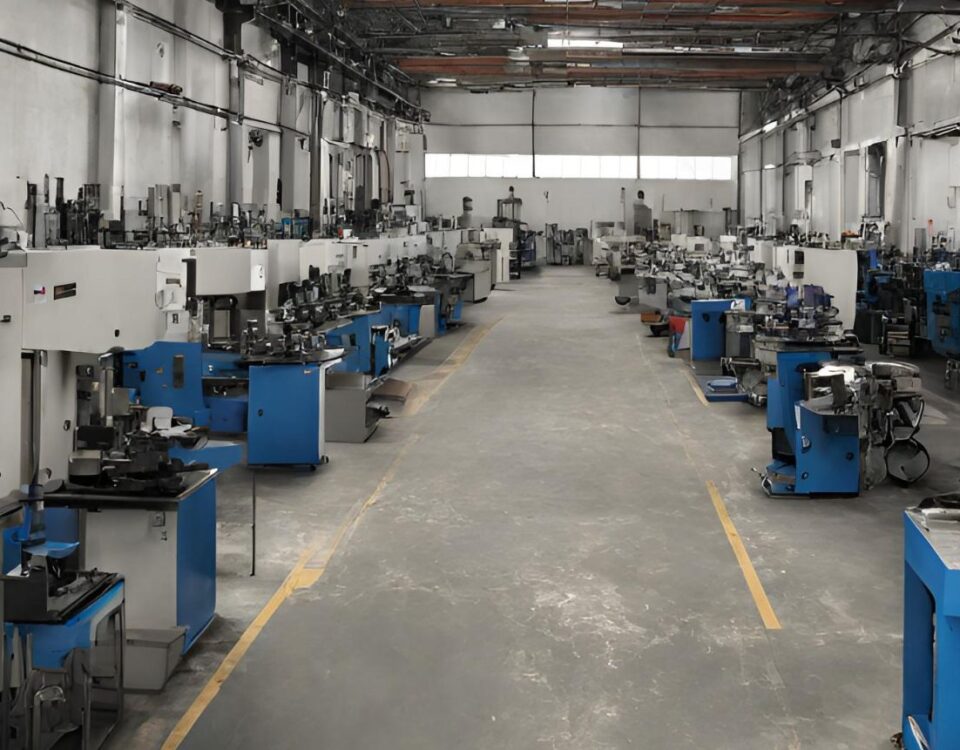
The Ultimate Guide to CNC Precision Machining: The Key to Unlocking Unparalleled Precision and Efficiency
12 March 2024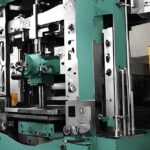
The Artistry and Applications of Custom Metal Stamping
19 March 2024In the ever-evolving landscape of manufacturing, the role of Computer Numerical Control (CNC) milling machines stands as a testament to the relentless pursuit of efficiency, precision, and innovation. These machines have revolutionized the way we approach manufacturing processes, offering a level of accuracy, speed, and versatility that was once unimaginable. As we delve into the intricacies of CNC milling machines, it becomes evident that their potential is limitless, capable of shaping the future of various industries. This exploration aims to uncover the mechanisms behind these powerful tools, understand their applications across different sectors, and envision the possibilities they hold for the future of manufacturing.
Understanding CNC Milling Machines
At the core of CNC milling machines lies the fusion of computer technology with traditional machining principles. Unlike conventional milling machines operated manually or through preset instructions, CNC milling machines are automated systems controlled by computer programs. These programs dictate the movements of the machine's cutting tools with unparalleled precision, guided by mathematical algorithms and design specifications. The integration of computer control not only eliminates human error but also enables complex designs and geometries to be executed with utmost accuracy.
The Components and Operation
A CNC milling machines comprises several essential components working in harmony to execute machining tasks efficiently. The primary components include the machine tool (typically a vertical or horizontal milling machine), the control panel housing the computer system, the cutting tool (such as an end mill or drill bit), and the workpiece securely clamped onto the machine table. The operation begins with the creation of a digital model or CAD (Computer-Aided Design) file, which is then translated into machine-readable code using CAM (Computer-Aided Manufacturing) software. This code, often in the form of G-codes and M-codes, serves as the instructions for the CNC machine to follow.
Applications Across Industries
The versatility of CNC milling machines transcends industry boundaries, finding applications in sectors ranging from aerospace and automotive to healthcare and consumer electronics. In aerospace manufacturing, CNC milling machines play a pivotal role in fabricating intricate components for aircraft engines, fuselages, and structural elements. The ability to work with a diverse range of materials, including metals, composites, and plastics, makes them indispensable in producing lightweight yet durable aircraft parts.
Similarly, in the automotive industry, CNC milling machines are instrumental in manufacturing precision components such as engine blocks, transmission parts, and chassis components. The automation provided by CNC technology streamlines production processes, reduces lead times, and enhances the overall quality of automotive components, contributing to advancements in vehicle performance and efficiency.
In the realm of healthcare, CNC milling machines are utilized for producing customized medical implants, prosthetics, and surgical instruments with exacting specifications. The ability to replicate complex anatomical structures with high precision ensures optimal fit and functionality, thereby improving patient outcomes and quality of life.
Moreover, CNC milling machines have found their way into the consumer electronics industry, facilitating the production of miniaturized components for smartphones, tablets, and other electronic devices. The demand for compact, lightweight, and intricately designed electronic products necessitates the use of advanced machining techniques offered by CNC milling machines.
Advantages and Challenges
The adoption of CNC milling machines offers numerous advantages, chief among them being enhanced productivity, accuracy, and flexibility. By automating repetitive tasks and minimizing human intervention, CNC technology accelerates production cycles and reduces manufacturing costs. Furthermore, the ability to execute complex geometries and intricate designs with micron-level precision opens up new avenues for innovation and product development.
However, along with its benefits, CNC milling also poses certain challenges, particularly in terms of initial investment costs, programming complexities, and maintenance requirements. The acquisition of CNC equipment entails substantial capital expenditure, making it inaccessible to some small-scale manufacturers. Additionally, the programming of CNC machines requires specialized skills and expertise, which may present a barrier to entry for operators unfamiliar with CAD/CAM software. Moreover, ensuring the proper calibration and maintenance of CNC milling machines is essential to preserving their accuracy and efficiency over time, necessitating ongoing investments in training and equipment upkeep.
Future Prospects and Innovations
As technology continues to advance, the future of CNC milling machines appears promising, with ongoing innovations poised to further elevate their capabilities and efficiency. One notable trend is the integration of artificial intelligence (AI) and machine learning algorithms into CNC systems, enabling real-time monitoring, adaptive machining strategies, and predictive maintenance. By harnessing AI-driven analytics, CNC milling machines can optimize cutting parameters, detect anomalies, and anticipate equipment failures before they occur, thereby maximizing uptime and productivity.
Furthermore, advancements in additive manufacturing techniques, such as hybrid CNC 3D printing, are blurring the boundaries between subtractive and additive processes, allowing for the creation of complex geometries with unparalleled efficiency. By combining the precision of CNC milling with the layer-by-layer deposition of 3D printing, manufacturers can achieve unprecedented levels of design freedom and material versatility, opening up new possibilities for lightweight, customizable, and functionally optimized components.
Moreover, the advent of Industry 4.0 technologies, including Internet of Things (IoT) connectivity and cloud-based manufacturing platforms, is ushering in a new era of interconnectedness and data-driven decision-making in CNC machining. Through the seamless integration of CNC machines with digital twin simulations, supply chain management systems, and quality control protocols, manufacturers can achieve greater visibility, agility, and resilience in their operations.
Conclusion
In conclusion, CNC milling machines represent a paradigm shift in manufacturing, empowering industries across the globe to unleash the full potential of precision machining. From aerospace and automotive to healthcare and consumer electronics, the impact of CNC technology is profound and far-reaching. By combining computer control with traditional machining principles, CNC milling machines offer unparalleled accuracy, efficiency, and versatility, driving advancements in product design, production processes, and industrial innovation.
While challenges such as initial investment costs and programming complexities persist, ongoing innovations in AI, additive manufacturing, and Industry 4.0 are poised to overcome these obstacles and further enhance the capabilities of CNC milling machines. As we look towards the future, the transformative potential of CNC technology continues to inspire new horizons in manufacturing, shaping a world where precision, efficiency, and innovation converge to redefine the possibilities of what can be created.

